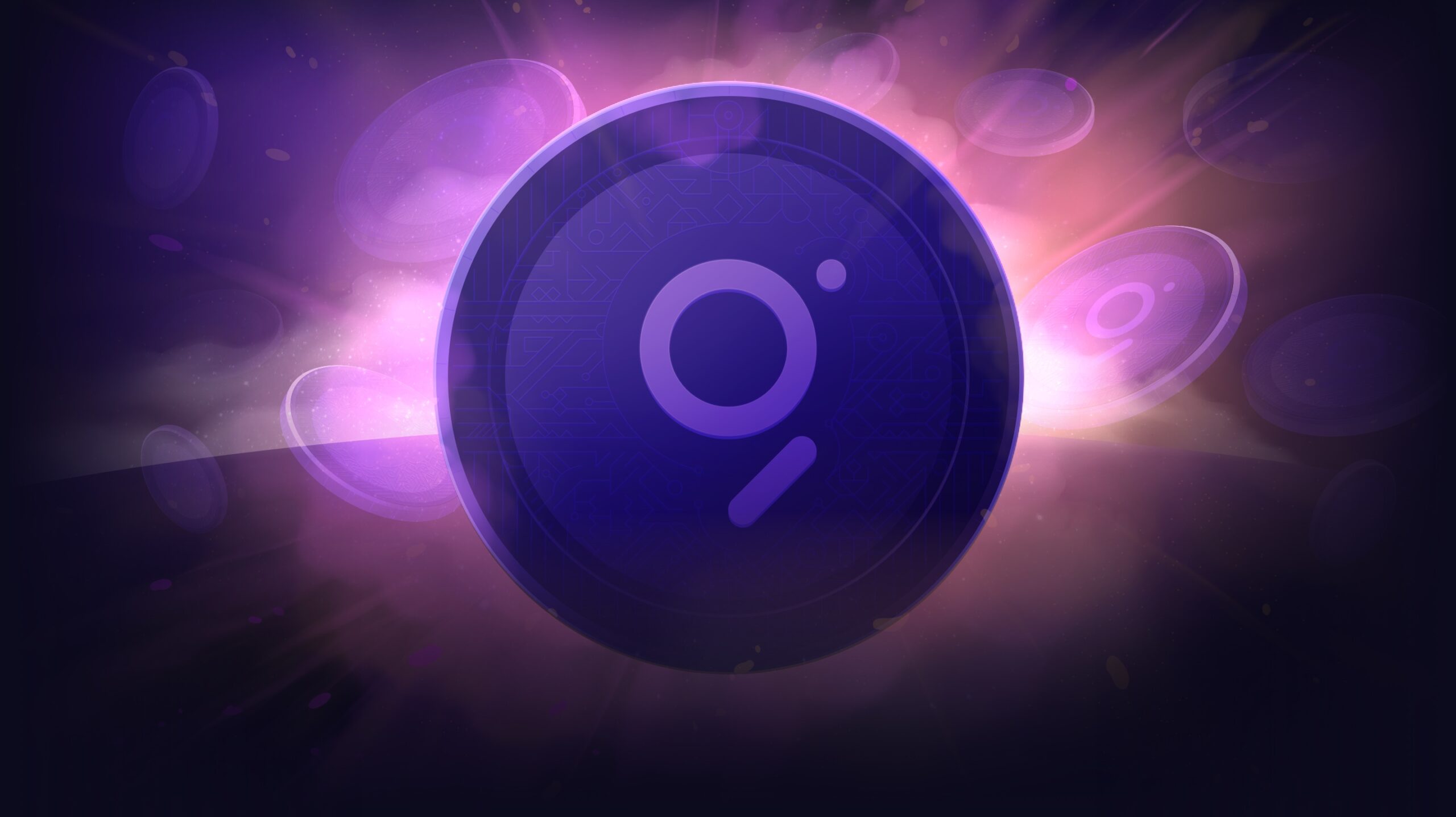What is The Graph (GRT) Cryptocurrency?
The Graph is a decentralized protocol that was developed to index and query data from public blockchains in the most effective manner possible. The most fundamental component of The Graph's functionality is the subgraphs that have been developed by third-party developers in order to...

The Graph is a decentralized protocol that was developed to index and query data from public blockchains in the most effective manner possible. The most fundamental component of The Graph’s functionality is the subgraphs that have been developed by third-party developers in order to receive and index data from various blockchains.
The Graph protocol was initially introduced on Ethereum; however, its subgraphs are now being executed on more than 30 decentralized networks. Aave, Audius, Uniswap, Opyn, ENS, DAOstack, Synthetix, Gnosis, Balancer, Livepeer, and Decentraland are just some of the blockchain projects that have developed their own subgraphs and are currently utilizing them. Other blockchain projects include Synthetix, Gnosis, and Balancer.
What is The Mechanism of The Graph Network?
The Graph indexes the data stored on blockchains in the same way that Google crawlers index the pages of websites. The files, the data, and the metadata are all searched for and cataloged as part of this process so that the results can be located quickly.
The data is organized by the protocol into subgraphs, which are public application programming interfaces. Any developer is free to create their own subgraph and make it available to the community of The Graph Network in order to facilitate the transfer of data (such as token quotes) to decentralized applications.
The Graph Network is designed to adhere to the principles of maximum decentralization. The majority of the stages of the protocol are distributed among thousands of members of the community, and their contribution to the operation of the network is compensated by the use of GRT tokens.
Who made The Graph?
In 2018, Yaniv Tal, Yannis Polmann, and Brandon Ramirez laid the groundwork for what would become Graph Protocol in San Francisco. They have worked together in the past on a number of software startup projects whose primary focus was the development of developer tools.
In the same year, the United States of America saw the establishment of the not-for-profit organization known as The Graph Foundation. This organization would go on to be responsible for the propagation of technology, the protection of intellectual property, and the promotion of the growth of the ecosystem.
Over the course of its seven phases, the project has successfully raised a total of $69.6 million in funding. In January of 2019, the startup received a total of $2.5 million as a result of the seed round of funding, which was led by the crypto fund managed by Multicoin Capital.
A public token sale was held in October of 2020, and during that time, a total of $12 million was collected. In addition, the largest round was held in January of 2022 and brought in a total of $50 million. Graph Protocol has received funding from a variety of sources, including venture capital firms such as Coinbase Ventures, Digital Currency Group, AU21 Capital, and Tiger Global Management.
The Graph Network was officially launched on the Ethereum blockchain on December 17, 2020, after a test version had been in operation for several months prior to that date.
After the initial release of the protocol, The Graph Foundation shifted its attention to the expansion of the ecosystem and the funding of independent engineering groups. Edge&Node, which was founded in 2021 by The Graph team, was the company that was responsible for developing the base protocol.
Graph Token
The GRT utility token, which conforms to the ERC-20 standard, is used throughout the Graph Network ecosystem.
The efforts of GRT were critical in successfully securing funding for the project. Even before the launch of the main network in 2018–2020, 17% of the asset supply had been purchased through private and open token sales, bringing in a total of $7.5 million.
The timetable for token unlocking is devised for a period of ten years. As of the month of August in the year 2022, 7.4 billion GRT, or 74% of the total supply, had been unlocked. About 3% of the asset is issued in the form of additional issue each year. There are also a number of adjustable mechanics that will let you withdraw from circulation and burn some of the tokens in a flexible manner. These tokens can be used in the game.
The Graph & Its Opportunities
This project has already established itself as an essential component of the rapidly growing Web3 infrastructure as well as the DeFi industry in the span of fewer than 2 years since its inception.
The Graph currently supports data indexing on 31 networks as of July 2022. These networks include Ethereum, NEAR, Arbitrium, Optimism, Polygon, Avalanche, Celo, Fantom, Moonbeam, IPFS, and PoA.
Over the course of time, more than 24,000 software engineers have deployed more than 31,000 subgraphs for use in applications such as Uniswap, Synthetix, Zora, Known Origin, Gnosis, Balancer, Livepeer, DAOstack, Audius, and Decentraland.
